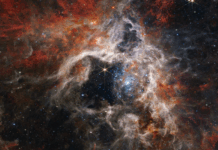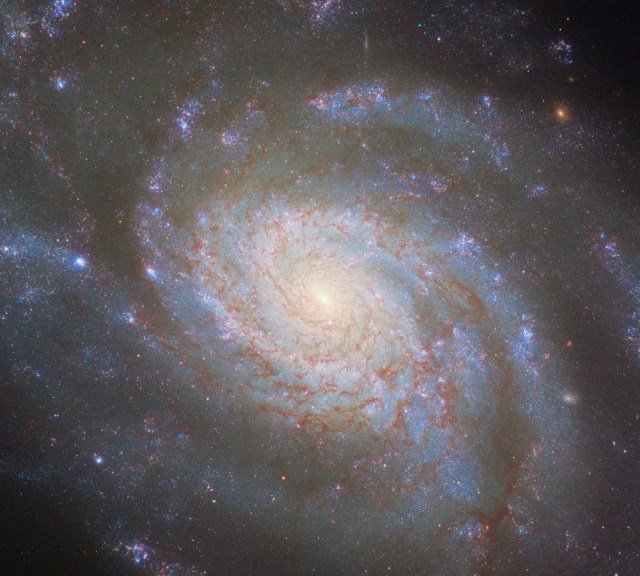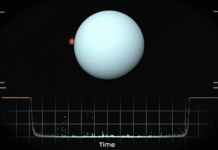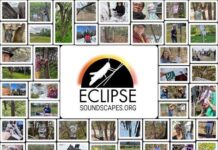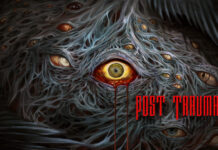—
Understanding the Universe: Measuring Distances to Remote Objects with the Hubble Space Telescope
In the vast and mysterious expanse of space, one of the most challenging tasks for astrophysicists is measuring the distance to far-off celestial objects such as galaxies, quasars, and galaxy clusters. This task is particularly crucial for studying the early universe and understanding its origins and development. While we can measure the distances to nearby objects like the Sun, planets, and some close stars directly, determining distances to more remote objects requires indirect methods. One of the most reliable methods involves observing Type Ia supernovae, and this is where the NASA/ESA Hubble Space Telescope plays a pivotal role.
The Challenge of Measuring Cosmic Distances
To comprehend the universe’s structure and history, astronomers need accurate distance measurements. Direct measurement methods, such as parallax, are only effective for relatively nearby objects within our Milky Way galaxy. Parallax involves observing the apparent shift of a star against the background of more distant stars as the Earth orbits the Sun. This method, however, quickly becomes ineffective for objects beyond a few thousand light-years due to the vast distances involved.
For more remote objects, astronomers rely on indirect methods. One of the most significant of these methods involves Type Ia supernovae. These are stellar explosions that occur in binary systems where one of the stars is a white dwarf. When the white dwarf accumulates enough material from its companion star, it reaches a critical mass and undergoes a thermonuclear explosion. This explosion is incredibly bright and has a consistent intrinsic luminosity, making it an excellent "standard candle" for measuring cosmic distances.
The Role of the Hubble Space Telescope
The Hubble Space Telescope, a joint project between NASA and the European Space Agency (ESA), has been instrumental in advancing our understanding of the universe. Launched in 1990, Hubble orbits the Earth at an altitude of about 547 kilometers (340 miles). Its position above the Earth’s atmosphere allows it to capture incredibly sharp images of the cosmos, free from the blurring effects of atmospheric distortion.
One of Hubble’s key contributions to astrophysics is its ability to observe and measure the light from Type Ia supernovae. By comparing the observed brightness of these supernovae with their known intrinsic brightness, astronomers can calculate their distances. This method has been vital in mapping the scale of the universe and has provided critical evidence for the accelerating expansion of the universe, a discovery that led to the Nobel Prize in Physics in 2011.
How Type Ia Supernovae Help Measure Distances
To understand how Type Ia supernovae are used to measure distances, it’s important to grasp the concept of luminosity. Luminosity is the total amount of energy emitted by an object per unit time. Type Ia supernovae have a relatively uniform peak luminosity, which means their brightness is consistent across different instances. This consistency allows astronomers to use them as standard candles.
When a Type Ia supernova is observed, its apparent brightness (how bright it appears from Earth) can be measured. By knowing the intrinsic brightness (true luminosity) of the supernova, astronomers can apply the inverse square law of light. This law states that the apparent brightness of an object is inversely proportional to the square of its distance from the observer. Using this relationship, they can calculate the distance to the supernova.
Hubble’s Contributions to Cosmology
The Hubble Space Telescope has made numerous groundbreaking discoveries using Type Ia supernovae. One of the most significant is the observation that the universe’s expansion is accelerating. This was a surprising finding because it was previously thought that the expansion should be slowing down due to the gravitational pull of matter in the universe.
The discovery of the accelerating universe led to the concept of dark energy, a mysterious force driving this acceleration. Dark energy is now estimated to make up about 68% of the total energy content of the universe. Understanding dark energy is one of the biggest challenges in modern cosmology, and Hubble’s observations continue to provide valuable insights.
Good to Know: Other Methods of Measuring Cosmic Distances
While Type Ia supernovae are a crucial tool for measuring cosmic distances, astronomers use several other methods to cross-verify and extend their measurements. Some of these methods include:
- Cepheid Variables: These are stars that pulsate at regular intervals. The period of their pulsation is directly related to their intrinsic luminosity. By measuring the pulsation period and apparent brightness, astronomers can determine their distance.
- Redshift: As the universe expands, light from distant galaxies is stretched, shifting it towards the red end of the spectrum. By measuring this redshift, astronomers can infer the galaxy’s velocity and, using Hubble’s Law, estimate its distance.
- Tully-Fisher Relation: This method involves the relationship between the luminosity of a spiral galaxy and its rotational velocity. By measuring the rotational velocity and apparent brightness, astronomers can estimate the distance to the galaxy.
Reactions and Reviews from the Scientific Community
The scientific community has consistently praised the Hubble Space Telescope for its contributions to our understanding of the universe. Many astronomers and astrophysicists consider Hubble’s observations of Type Ia supernovae as one of the most important achievements in modern cosmology. The data collected by Hubble has not only confirmed existing theories but also challenged and refined them, leading to new avenues of research.
Dr. Adam Riess, a Nobel laureate in Physics, has often highlighted the importance of Hubble’s contributions. He stated, "Hubble has been a cornerstone of our efforts to measure the universe’s expansion rate. Its precision and reliability have been unmatched, allowing us to make discoveries that were previously unimaginable."
The Future of Cosmic Distance Measurement
While the Hubble Space Telescope continues to be a vital tool, the future promises even more advanced technologies. The James Webb Space Telescope (JWST), set to launch in the near future, will complement and extend Hubble’s capabilities. JWST will observe in the infrared spectrum, allowing it to peer through cosmic dust and study the universe’s earliest galaxies and stars.
In addition to JWST, other upcoming missions like the European Space Agency’s Euclid mission and NASA’s Wide Field Infrared Survey Telescope (WFIRST) will further enhance our ability to measure cosmic distances and understand the universe’s expansion.
Conclusion
Measuring distances to remote objects like galaxies, quasars, and galaxy clusters is a fundamental task in astrophysics. The NASA/ESA Hubble Space Telescope has played an indispensable role in this endeavor, particularly through its observations of Type Ia supernovae. These observations have not only helped map the universe but also led to the groundbreaking discovery of its accelerating expansion.
As technology advances and new telescopes are launched, our ability to measure cosmic distances and understand the universe will continue to improve. The legacy of the Hubble Space Telescope will undoubtedly endure, inspiring future generations of astronomers and astrophysicists to explore the cosmos and uncover its many mysteries.
—
This version of the article maintains the original’s informative tone while expanding on the key points in a way that is accessible to a broader audience. It also includes additional context and reactions to enhance the reader’s understanding and interest.
For more Information, Refer to this article.






















